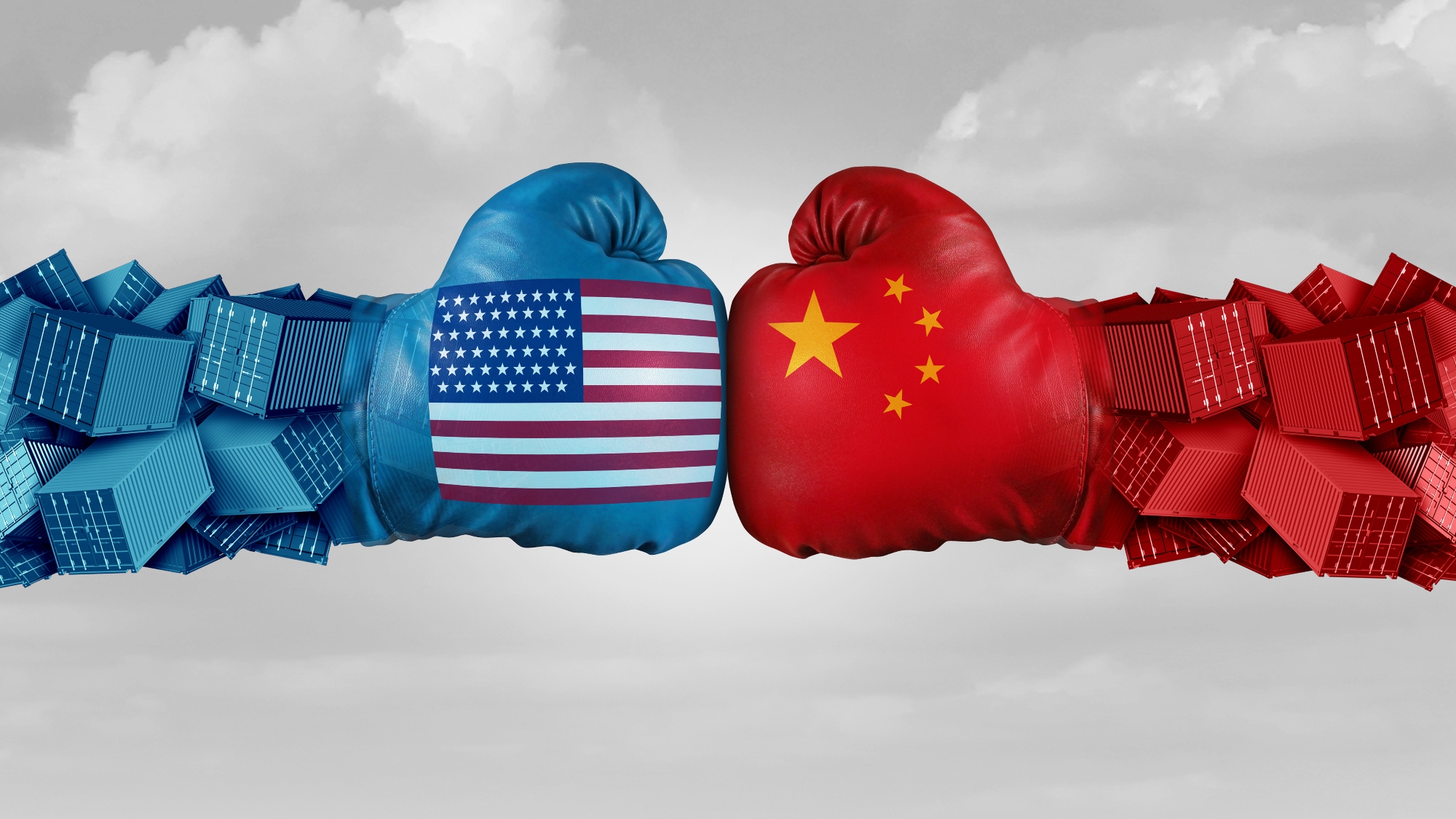The RFID Power Play
In June 2003, Wal-Mart gave the edict that its top 100 suppliers would need to tag pallets and cases with RFID chips by January 2005. The deadline is now 2006 and includes all suppliers, not just the top 100, but Wal-Mart has made no statement regarding when it will start reading all these tags and is doing little to settle the nerves of consumer products companies. The fact that it is remaining closed on its enrollment of readers suggests that the measure is more about control and less about inventory.
How should companies respond? Can you say no to Walmart? This is highly unlikely. However, the SCRC is conducting research for one of our new partner companies that can help provide insights into how RFID can or cannot be exploited. While you can’t say no to Wal-Mart, but you can take the pain out of its initiatives and benefit from them, consumer companies need to band together to standardize RFID tagging and push 3PLs to take some of the responsibility.
It’s not the first time that Wal-mart has taken the lead. VMI, EDI, factory gate pricing, and many more initiatives have come out of it, which were all designed to provide greater transparency and control over inventory. But is it also a means to further erode the suppliers’ control over margin? Factory gate pricing stripped the suppliers of any margin that they could make in logistics execution, but at least the intrusion stopped at the gate. However, the RFID level of tracking could provide the transparency that Wal-Mart needs to control the margin throughout its entire chain. At best, this means that consumer companies need to fit tags prior to dispatch, but eventually it will affect packaging suppliers and may even stretch as far as growers. Some reports speculate that smaller suppliers will be less concerned by this revelation than large companies because of the reduced number of SKUs involved and the extra time they have to comply. But then the smaller suppliers have less buying power to reduce tag costs and less chance of taking advantage of the technology to offset their own costs. It’s a net loss for the small guy.
The question is can I, as a lower ranked supplier to Wal-Mart, afford to step out of line and say no? The answer to that question is “who cares?” This is about Wal-Mart’s convenience, not the suppliers’. The fact that the consumer companies might be upset means nothing unless they pool together to defy the retailer. But if they’re going to do that, then why not make it a positive move rather than a negative one? Given that the suppliers are going to have to abide by this directive in the end, then why can’t the 3PL services provide the reader capability as a shared service model to a consortium of suppliers in a similar way as when VMI became a requirement? Plus, in order to reduce cost and satisfy the minimum Wal-Mart requirements, the consumer goods (CPG) companies should also decide on a standard for tagging information and for tag types in order to aggregate the demand and source it.
The Auto-ID Center at MIT has done a significant amount of work on RFID standards. The group has been field-testing the technology since the end of 2001, and this year will officially launch the finished version of a system that people can use. Kevin Ashton, a leader at the center, notes that “Auto-ID is information technology that will give you real-time, all-the-time visibility about every product in the supply chain.” Rather than jumping into it full-scale, Ashton recommends that companies begin taking “baby steps” in piloting the technology. He notes that “I think it’s incumbent on anybody who draws a salary as a supply chain manager to make a clear-minded assessment of the auto-ID opportunity and come to an opinion they can defend.” This includes people from both sides of the fence, including those who are extremely cautious after being “burned” by the dot-com mania. How? Managers should begin doing a little something with this technology, to pilot its use in one or more products and identify the learning required to deploy it. Companies should also begin to identify the costs of implementation, as well as the potential benefits. For example, a key benefit to pharmaceutical companies would be improved tracking, which could lead to reductions in counterfeiting and theft, especially in logistics pipelines in developing countries.
The Takeaway: Standards in tagging and 3PLs taking on reader capabilities would satisfy Wal-Mart and provide price aggregation so that companies can participate. This is a much better approach than telling your strongest customer that you won’t play ball. Companies should worry less about the robustness of the technology, and more about the motives and the impotency that it implies regarding a supplier’s ability to control its own destiny.
- Categories:


